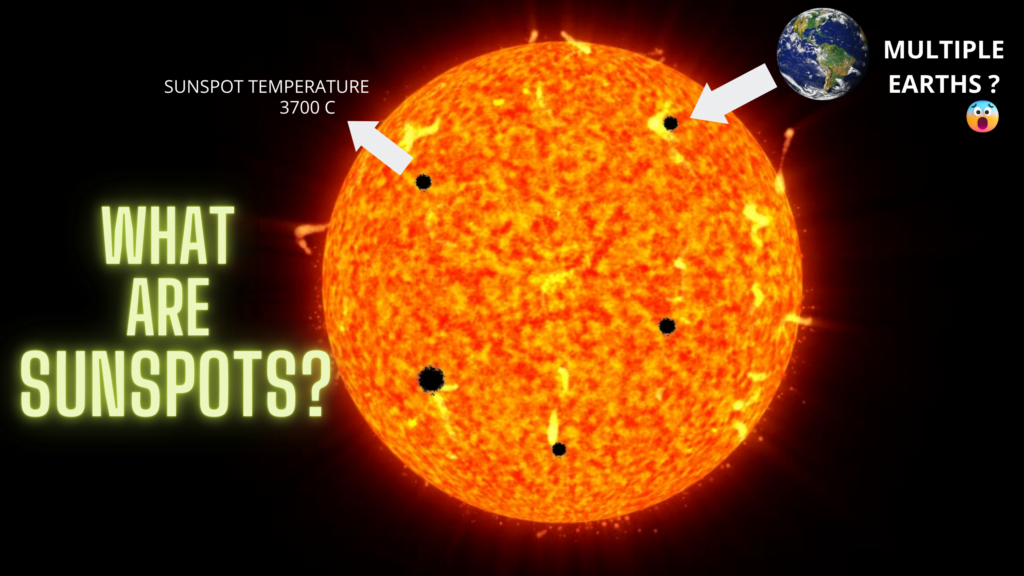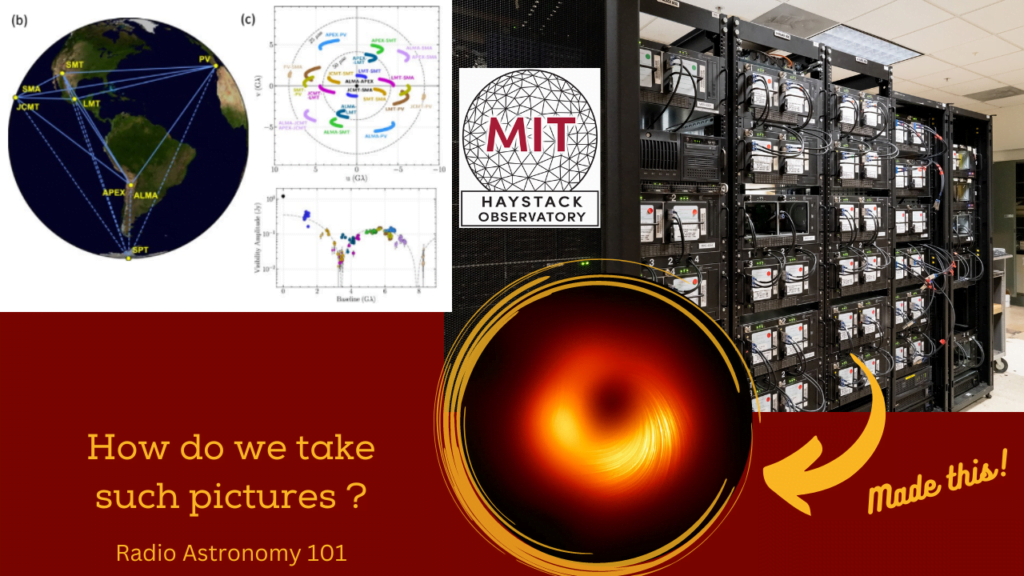Astronomy is a field of science that has always relied on advanced technology to observe and analyze the universe. The use of artificial intelligence (AI) has revolutionized the field of astronomy, unlocking new discoveries and insights. One particular application of AI in astronomy is the use of ADMM-based machine learning models to deblur galaxy images.
This article will explore the use of AI in astronomy and how the latest ADMM models are being used to deblur galaxy images. It will also discuss the benefits of this technology and its potential impact on the field of astronomy.
AI in Astronomy
Astronomers have always had to deal with the challenge of analyzing images of celestial objects that are often distorted or blurred. This is due to the limitations of telescopes and the Earth’s atmosphere. The use of AI has provided a solution to this problem. AI algorithms can analyze and interpret astronomical images in ways that were previously impossible.
One example of how AI is being used in astronomy is the use of convolutional neural networks (CNNs) to classify galaxies. CNNs are deep learning algorithms that can learn to recognize patterns in data. In the case of astronomy, CNNs can learn to classify galaxies based on their shapes and structures.
Another application of AI in astronomy is the use of unsupervised learning algorithms to identify new objects in the universe. Unsupervised learning algorithms can analyze large datasets of astronomical images to identify patterns that might be missed by human observers.
ADMM-Based Machine Learning Models
ADMM-based machine learning models are a recent development in the field of AI. These models use the ADMM algorithm to deblur images. The ADMM algorithm is an optimization algorithm that can be used to solve a variety of problems, including deblurring images.
ADMM-based machine learning models are particularly well-suited to deblurring galaxy images because they can handle complex and variable distortion patterns. Galaxy images are often distorted due to gravitational lensing and other phenomena, and traditional deblurring methods may not be able to handle these distortions.
ADMM-based machine learning models can also produce high-quality results with relatively small amounts of training data. This is important in astronomy because high-quality galaxy images may be difficult to obtain.
Deblurring Galaxy Images
Galaxy images are often blurry due to a variety of factors, including the atmosphere, telescope limitations, and the effects of gravity. Deblurring these images can be a challenge, but ADMM-based machine learning models offer a solution.
These models work by analyzing a dataset of blurred and unblurred galaxy images. The model is trained to recognize the patterns in the blurred images and generate an unblurred image that matches the patterns.
The result is a high-quality, unblurred galaxy image that can be analyzed in detail. This can provide astronomers with valuable insights into the structure and composition of galaxies.
Benefits of ADMM-Based Machine Learning Models
ADMM-based machine learning models offer several benefits over traditional deblurring methods. One of the main benefits is their ability to handle complex and variable distortion patterns. This is particularly important in astronomy, where galaxy images may be distorted due to a variety of factors.
ADMM-based machine learning models can also produce high-quality results with relatively small amounts of training data. This is important in astronomy, where high-quality galaxy images may be difficult to obtain.
Another benefit of ADMM-based machine learning models is their versatility. These models can be trained on a variety of different types of blurring, making them useful in a wide range of applications.
Potential Impact on Astronomy
The use of ADMM-based machine learning models to deblur galaxy images has the potential to revolutionize the field of astronomy. By providing high-quality, unblurred images of galaxies, astronomers can gain new insights into the structure and composition of these celestial objects.
This technology can also help astronomers to better understand the evolution of galaxies and the formation of stars. By studying the structure and composition of galaxies, scientists can learn more about the conditions that lead to the formation of new stars.
In addition, ADMM-based machine learning models can help astronomers to detect and analyze new objects in the universe. By analyzing large datasets of astronomical images, these models can identify patterns and anomalies that may be missed by human observers.
This technology can also be used to improve the accuracy of astronomical simulations. By providing high-quality, unblurred images of galaxies, scientists can create more accurate simulations of the universe. This can help to improve our understanding of the universe and the laws of physics that govern it.
Conclusion
The use of AI in astronomy has revolutionized the field, unlocking new discoveries and insights. ADMM-based machine learning models offer a powerful tool for deblurring galaxy images, providing astronomers with high-quality images that can be analyzed in detail.
The benefits of this technology are numerous, including its ability to handle complex and variable distortion patterns, its versatility, and its ability to produce high-quality results with relatively small amounts of training data.
As technology continues to advance, we can expect to see even more exciting developments in the field of astronomy. With AI and machine learning, scientists can continue to unlock new insights into the mysteries of the universe, helping us to better understand our place in the cosmos.

